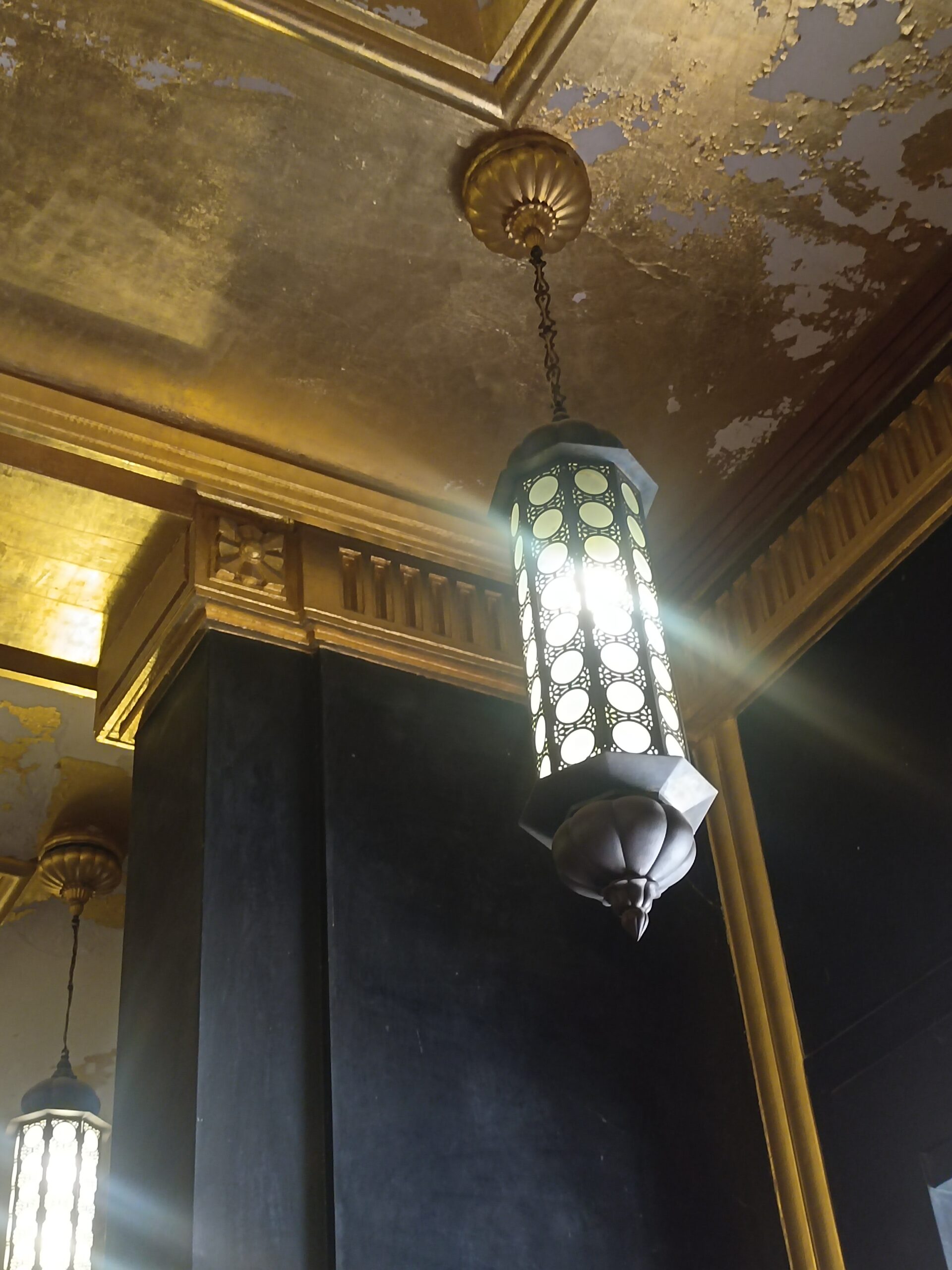Situated in the Marwad region of Rajasthan, India, Umaid Bhawan Palace, reflects the grandeur life of erstwhile Marwad kings and luxurious lives spent by the royal families pre-independence. This palace, located in Jodhpur, holds within its walls a series of artefacts collected by the royals and partially inherited from their rich past. Otherwise, this palace doesn’t hold any rich history; however, it is said that the palace construction was at a time of famine and it was meant to provide ample local employment. So, one can say that this palace carries a history of generosity blended with opulence.
Located 8 – 10 kms outside the city of Jodhpur, the palace is perched at the top of a hillock. It can be reached by taking the black top road that gives a sprawling view of villas and apartments built for the employees of the palace and the luxury hotel attached to the palace.
1. History of Umaid Bhavan palace
The story of Umaid Bhawan Palace begins in the early 20th century when Maharaja Umaid Singh of Jodhpur commissioned its construction in 1929. The palace was conceived as a symbol of employment for the people of Jodhpur during a time of drought and famine. At the time of construction, this should have provided livelihood for the locals and the poors that are generally hit whenever there is a famine or an epidemic. Certainly, there isn’t much history associated with such a recent structure.
2. The over rated architecture of Henry
Designed by the architect Henry Vaughan Lanchester, it is being said that Umaid Bhawan Palace is an architectural marvel that seamlessly blends Western and Eastern influences. However, one couldn’t notice much works within the palace to match the appreciation that Henry gets. At times, it would make one think that Henry’s portrayal as a great architect and a visionary behind the design of the palace is over-rated. The palace is characterized by its geometric patterns, sleek lines, and ornate embellishments. However, the palace in no way carry any significant architectural uniqueness. Mehranganj fort in the same Udaipur stands tall and magnificent in comparison to Umaid Bhavan.
3. Construction, landscape and accessible spaces
The construction of Umaid Bhawan Palace spanned over 15 years and employed thousands of artisans, craftsmen, and laborers. Rajasthan is famous for its sandstones, especially in the Jaisalmer region. The palace is built using the finest materials, including sandstone quarried from the nearby Chittar Hill. Its sprawling grounds cover an area of over 26 acres, making it one of the largest private residences in the world. However, for general public’s visit, only a small portion of this has been made open and not much to explore. The major portion has been given to Taj hotels as a contract and is accessible only to those tourists who book their stay in the hotel that ranges anywhere between Rs 35000 to 50000 per night. This means that most of the palace is shut for public and tourists.
4. Royal Residence
Upon its completion in 1943, Umaid Bhawan Palace became the primary residence of the royal family of Jodhpur. The palace has three major segmentations – one houses the royal family residence, another as a museum showcasing the artifacts used by royal family including cutleries, furniture, equipment, jewelries and more; some of these artifacts could easily be 100+ years old and highlights the life-style of Marwad region royals; and lastly the third segment that houses a luxury hotel offering unparalleled hospitality to guests from around the world. This third segment is not open for public and accessible only for the Taj guests. This should also serve as one of the major revenue streams for the royals in the current scenario.
5. Modern Day
Today, Umaid Bhawan Palace continues to be a symbol of royalty and luxury. The royal family still resides in a portion of the palace, while the rest is open to visitors who wish to experience its grandeur firsthand. The palace hotel offers world-class amenities, including luxurious suites, fine dining restaurants, and rejuvenating spa services, ensuring a truly unforgettable stay for guests, but not for the tourists.
Cant’s say this to be Rajasthan’s crown
Umaid Bhawan Palace was constructed only in the 1900s as India was already heading towards its independence. While this palace stands as a testament to the grandeur and luxury, it need not necessarily reflect Rajasthan’s cultural heritage or history. For a traveller who is a hisotory enthusiast, who is passionate about learning ethos, cultural heritage and the long history associated with places of significance, this place can be made an optional visit.
Travel tips and useful information
a. Rajasthan is a hot place. To enjoy palace visits, always carry a hat or an umbrella.
b. There is an entry fee. It is Rs. 30 for Indian nationals and Rs. 100 for other nationals. Carry sufficient cash. At times, there is a possibility that the card machines may not work.
c. Just outside the palace, as one enters the palace pathway, one can find a small shop offering cool drinks, ice cream and the likes, near to the vintage car museum.
d. Do carry water bottles; hot weather dehydrates the body soon and one may end up drinking a lot of water; carrying one’s own bottle can actually save on one’s water expenses;






